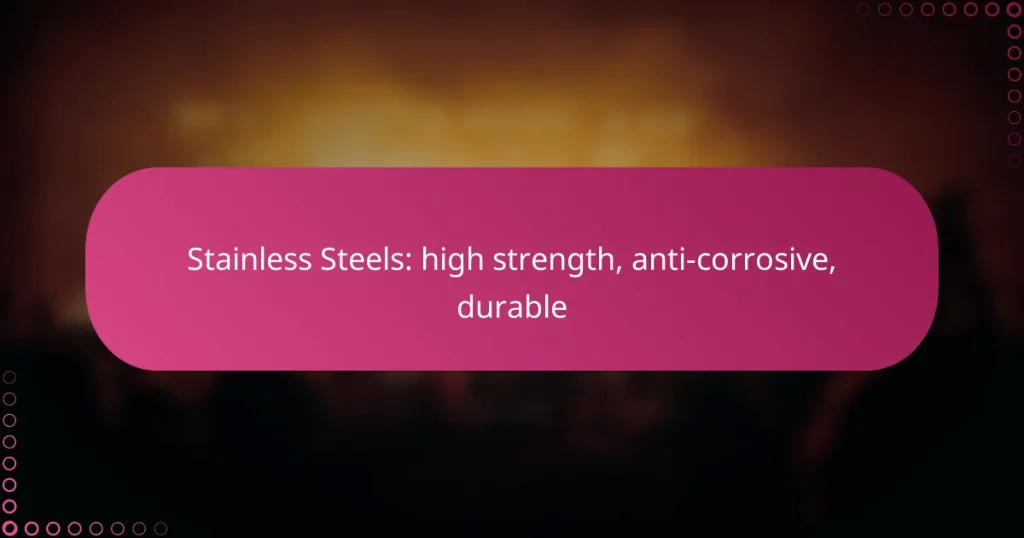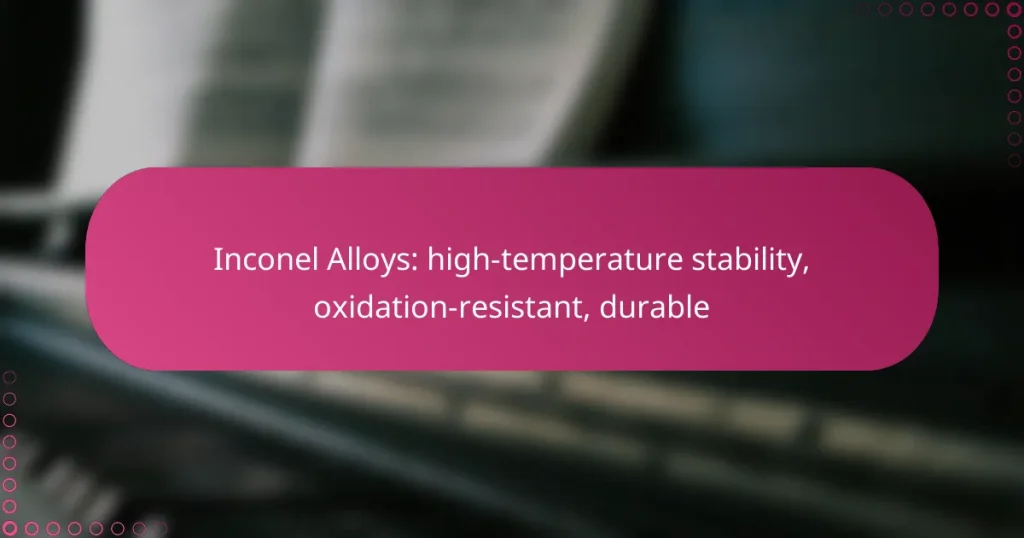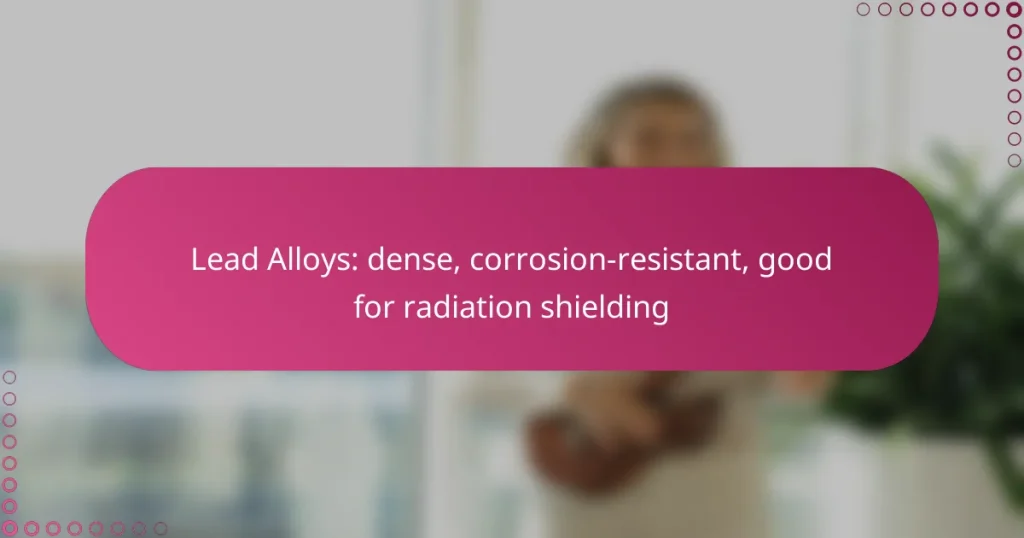Choosing the right metal type for your project is crucial for ensuring optimal performance and longevity. Factors such as strength, weight, conductivity, and resistance to corrosion play a significant role in this decision. By understanding the specific requirements of your application and the unique properties of metals like steel, aluminum, copper, and brass, you can make an informed choice that aligns with your project’s needs and budget.
Zinc Alloys: corrosion-resistant, good casting properties, lightweight
Carbon Steels: cost-effective, strong, easy to weld
Inconel Alloys: high-temperature stability, oxidation-resistant, durable
Copper Alloys: excellent conductivity, malleable, resistant to corrosion
Lead Alloys: dense, corrosion-resistant, good for radiation shielding
Brass Alloys: good machinability, corrosion-resistant, aesthetic appeal
Alloy Steels: enhanced properties, versatile, cost-effective
Magnesium Alloys: lightweight, good machinability, high strength
Tool Steels: high hardness, wear-resistant, heat-treated
What metal types are best for construction projects?
The best metal types for construction projects include steel, aluminum, copper, and brass, each serving specific purposes based on their properties. Choosing the right metal depends on factors such as strength, weight, conductivity, and resistance to corrosion.
Steel for structural integrity
Steel is renowned for its strength and durability, making it a top choice for structural applications. It can withstand heavy loads and is often used in beams, columns, and frames in buildings and bridges.
When selecting steel, consider the grade and type, such as carbon steel for strength or stainless steel for corrosion resistance. Always ensure compliance with local building codes and standards to guarantee safety and reliability.
Aluminum for lightweight applications
Aluminum is favored for its lightweight nature and resistance to corrosion, making it ideal for applications where weight is a concern, such as in roofing or window frames. Its malleability allows for easy shaping and installation.
When using aluminum, consider the alloy type, as different alloys offer varying strengths and corrosion resistance. This metal is particularly useful in projects where reducing overall weight can improve energy efficiency.
Copper for electrical wiring
Copper is the preferred metal for electrical wiring due to its excellent conductivity and resistance to corrosion. It is commonly used in residential and commercial electrical systems, ensuring efficient power transmission.
When installing copper wiring, ensure it meets local electrical codes, and consider using insulated copper wire to prevent short circuits and enhance safety. Copper’s longevity makes it a cost-effective choice over time.
Brass for plumbing fixtures
Brass, an alloy of copper and zinc, is widely used in plumbing fixtures due to its corrosion resistance and malleability. It is commonly found in faucets, valves, and fittings, providing durability and aesthetic appeal.
When selecting brass for plumbing, check for lead-free options to comply with health regulations. Regular maintenance can extend the lifespan of brass fixtures, making them a reliable choice for both residential and commercial plumbing systems.
How to choose the right metal for your project?
Choosing the right metal for your project involves understanding the specific requirements of your application, environmental conditions, and budget constraints. Each metal type has unique properties that can significantly impact the performance and longevity of your project.
Assess project requirements
Begin by identifying the primary functions your project needs to fulfill. Consider factors such as strength, weight, corrosion resistance, and thermal conductivity. For example, aluminum is lightweight and resistant to corrosion, making it ideal for aerospace applications, while steel offers high strength for structural projects.
Next, evaluate the mechanical properties required for your project. This includes tensile strength, ductility, and hardness. For instance, if your project involves heavy loads, a high-strength steel may be necessary, whereas softer metals like copper may suffice for electrical applications.
Consider environmental factors
Environmental conditions play a crucial role in metal selection. Assess whether your project will be exposed to moisture, chemicals, or extreme temperatures. Stainless steel is often preferred in marine environments due to its corrosion resistance, while metals like titanium excel in high-temperature applications.
Additionally, consider the potential for galvanic corrosion when different metals are in contact. Using compatible metals or protective coatings can mitigate this risk, ensuring the longevity of your project.
Evaluate cost and availability
Cost is a significant factor in metal selection. Prices can vary widely based on the type of metal and market conditions. For example, while aluminum may be more expensive than steel, its lightweight properties can lead to savings in transportation and installation costs.
Availability is another critical consideration. Some metals may have limited supply or longer lead times, impacting your project timeline. It’s advisable to consult local suppliers to understand current market conditions and ensure you can source the materials needed without delays.
What are the benefits of using stainless steel?
Stainless steel offers numerous advantages, making it a popular choice for various projects. Its key benefits include excellent corrosion resistance, high durability, and low maintenance requirements, which contribute to its longevity and performance in diverse applications.
Corrosion resistance
Stainless steel is renowned for its corrosion resistance, which is primarily due to the presence of chromium. This element forms a passive layer of chromium oxide on the surface, protecting the metal from rust and degradation in moist or acidic environments.
For projects exposed to harsh weather or chemicals, stainless steel is often the ideal choice. It can withstand exposure to saltwater, making it suitable for marine applications, as well as for outdoor structures in coastal areas.
Durability and strength
Stainless steel is exceptionally strong and durable, providing structural integrity in various applications. Its tensile strength is significantly higher than that of many other metals, allowing it to bear heavy loads without deformation.
This strength makes stainless steel a preferred material for construction, automotive, and industrial applications. It can endure extreme temperatures and stresses, ensuring reliability over time.
Low maintenance
One of the significant advantages of stainless steel is its low maintenance requirement. Unlike other metals that may require regular painting or treatment to prevent rust, stainless steel typically only needs occasional cleaning to maintain its appearance.
This characteristic not only saves time and labor costs but also makes stainless steel an economical choice in the long run. For instance, in kitchen environments, stainless steel surfaces can be easily wiped clean, reducing the need for harsh chemicals or extensive upkeep.
What are the drawbacks of aluminum?
Aluminum has several drawbacks that can impact its suitability for various projects. While it is lightweight and resistant to corrosion, its lower strength and higher thermal expansion compared to other metals, like steel, can pose challenges in certain applications.
Lower strength compared to steel
One of the primary drawbacks of aluminum is its lower strength relative to steel. This means that aluminum components may require larger dimensions or additional reinforcements to achieve the same load-bearing capacity as steel. For structural applications, this can lead to increased material costs and potential design complexities.
When selecting aluminum for a project, consider the specific strength requirements. For example, if the application involves heavy loads or high-stress environments, steel may be a more suitable choice. In contrast, aluminum is often preferred for applications where weight savings are critical, such as in aerospace or automotive industries.
Higher thermal expansion
Aluminum exhibits a higher coefficient of thermal expansion than many other metals, including steel. This means that aluminum components will expand and contract more significantly with temperature changes, which can lead to misalignment or structural issues if not properly accounted for in the design.
When working with aluminum, it is essential to incorporate thermal expansion considerations into your design. For instance, using expansion joints or allowing for movement in connections can help mitigate potential problems. In applications where temperature fluctuations are common, such as in outdoor structures, this factor becomes even more critical.
How does metal recycling impact material choice?
Metal recycling significantly influences material choice by providing cost-effective alternatives and promoting sustainability. When selecting metals for projects, considering recycled options can lead to both financial and environmental advantages.
Cost savings through recycled materials
Utilizing recycled metals can lead to substantial cost savings. Recycled materials often cost less than their virgin counterparts due to lower processing and transportation expenses. For instance, using recycled aluminum can save up to 90% of the energy required to produce new aluminum from raw materials.
When planning a project, consider sourcing recycled metals to reduce overall material costs. Many suppliers offer competitive pricing for recycled options, making them an attractive choice for budget-conscious projects.
Environmental benefits of recycling
Recycling metals significantly reduces environmental impact by conserving natural resources and minimizing waste. For example, recycling one ton of steel saves approximately 1.5 tons of iron ore, 0.5 tons of coal, and 0.25 tons of limestone.
Moreover, using recycled metals lowers greenhouse gas emissions compared to producing new metals. This contributes to a smaller carbon footprint, aligning with sustainability goals. Choosing recycled materials not only supports the environment but can also enhance a project’s reputation for eco-friendliness.
What are the best practices for metal selection in marine environments?
Choosing the right metal for marine environments is crucial to ensure durability and resistance to corrosion. Key considerations include the metal’s resistance to saltwater, potential for galvanic corrosion, and maintenance requirements.
Use of marine-grade stainless steel
Marine-grade stainless steel, particularly grades 316 and 304, is specifically designed to withstand harsh marine conditions. Grade 316 offers superior resistance to pitting and crevice corrosion, making it ideal for applications exposed to saltwater.
When selecting marine-grade stainless steel, consider the specific environment and application. For instance, grade 316 is often used for boat fittings, while grade 304 may suffice for less corrosive environments. Regular maintenance, such as cleaning and inspecting for signs of wear, can extend the lifespan of these materials.
Common applications for marine-grade stainless steel include railings, hardware, and fasteners. Ensure that all components are compatible to prevent galvanic corrosion, which can occur when dissimilar metals are used together. Always consult with a marine specialist if unsure about material choices for your project.









